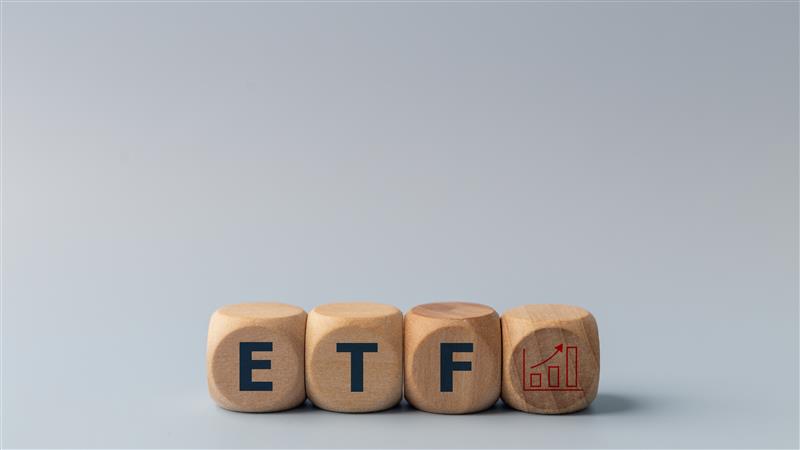
Dividend ETFs: What They Are and Why They Matter
If you’re looking for a way to earn steady income from your investments without picking individual stocks, dividend ETFs might be worth a look. They combine the income potential of dividend-paying stocks with the convenience and diversification of ETFs.
Let’s go through what they are, how they work, and what to watch out for if you’re thinking about adding one to your portfolio.
What’s an ETF?
An ETF, or exchange-traded fund, is a basket of securities that trades on an exchange like a regular stock. They’re popular because they’re easy to buy and sell, offer instant diversification, and often have lower fees than mutual funds.
What’s a Dividend ETF?
A dividend ETF is an ETF made up of stocks that pay regular dividends. These funds are built to give you income through payouts, while also offering some potential for long-term growth. Like any stock, they trade on exchanges and can be bought or sold throughout the trading day.
How Do Dividend ETFs Work?
Stock Selection
These ETFs include companies with a track record of paying dividends consistently. Some focus on firms that grow their payouts over time, while others chase higher yields.
Dividend Payments
The fund collects dividends from the companies it holds and passes those on to shareholders. Most do this monthly or quarterly.
Reinvestment
Many brokers let you automatically reinvest dividends through a dividend reinvestment plan, or DRIP. This can help compound your returns over time.
Types of Dividend ETFs
Not all dividend ETFs are the same. Here’s a breakdown:
High Dividend Yield ETFs
These target companies that pay above-average dividends. That often includes utilities, telecoms, REITs, and other mature businesses.
Dividend Growth ETFs
These focus on companies that steadily grow their dividends. They’re usually less volatile and seen as more stable.
International Dividend ETFs
Want income and global diversification? These ETFs invest in dividend-paying stocks from around the world.
Sector-Specific Dividend ETFs
Some ETFs focus on sectors like utilities or financials, where dividends are more common. These can be useful for thematic investing or playing defense in rough markets.
Why Do Investors Use Them?
Steady Income
For many, the appeal is simple: cash flow. These ETFs send out regular income, which is especially attractive to retirees or income-focused investors.
Diversification
Instead of relying on one or two dividend stocks, these ETFs spread risk across dozens or hundreds of companies.
Cost and Liquidity
They usually have low fees and are easy to trade. That makes them more accessible than some income-focused mutual funds.
Tax Efficiency
Some dividend ETFs qualify for lower tax rates on qualified dividends, and many are structured to minimize taxable events.
The Risks You Should Know
Dividends Aren’t Guaranteed
Companies can cut or stop dividends, especially during tough economic times. If that happens, your income drops.
Interest Rates Can Hurt
When rates go up, high-yield stocks often fall out of favor. That can drag on performance.
Sector Overload
Many dividend ETFs lean heavily on sectors like utilities or financials. If that sector struggles, your ETF could too.
Lower Growth Potential
Because they focus on income, these ETFs may miss out on some of the gains you’d get from growth stocks.
Dividend ETFs vs Individual Dividend Stocks
If you like the idea of dividend income but don’t want to research and manage a list of stocks, ETFs are a good shortcut. They offer:
- Built-in diversification
- Lower effort
- Fewer transaction fees overall
You give up some control, but for many investors, that tradeoff is worth it.
When Might You Use a Dividend ETF?
If You Want Passive Income
These are ideal if you’re looking to get paid regularly without too much maintenance.
If You’re Building a Balanced Portfolio
Dividend ETFs can help offset more volatile growth investments.
If You’re Cautious About the Market
Dividend-paying stocks are often more stable than high-growth ones, which can help during market turbulence.
Examples of Popular Dividend ETFs
U.S.-Focused
- Vanguard Dividend Appreciation ETF (VIG)
- iShares Select Dividend ETF (DVY)
- Schwab U.S. Dividend Equity ETF (SCHD)
International
- iShares International Select Dividend ETF (IDV)
- Vanguard International High Dividend Yield ETF (VYMI)